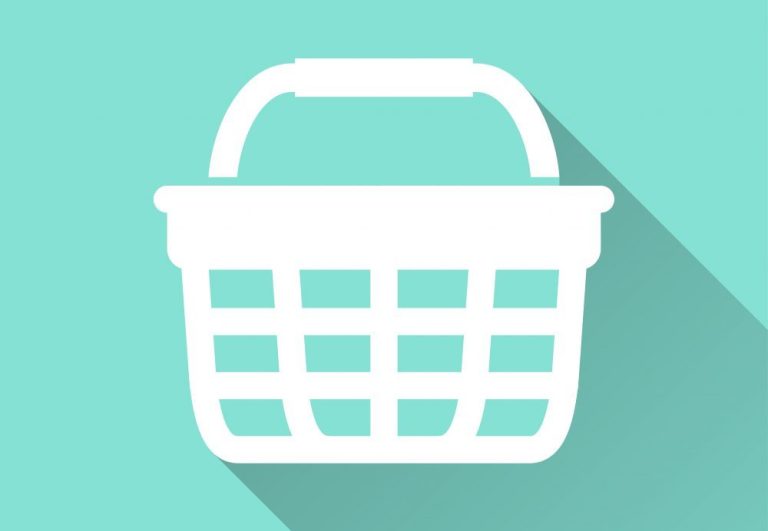
After closing a $400 million Series D round at a valuation of $3.4 billion back in March, grocery delivery startup Instacart is eyeing some major U.S. expansion prospects.
As of today, Instacart operates in 41 U.S. markets and is slated to roll out to four more this week in Detroit, Columbus, Ohio, Las Vegas and the Rio Grande Valley region of Texas. As Instacart’s VP of Product Elliot Shmukler told TechCrunch, the startup’s goal is to have its service available to 80 percent of households in the U.S. by 2018.
This expansion, along with free membership offers to Instacart Express in Texas and the Midwestern markets above, will mean that the startup will look to hire at least 1,000 new employees. The startup will also be looking to invest in marketing, which the company says it has yet to do.
Some worry that Instacart may be bound for a bubble given its massive stockpile of cash — over $674 million all told — and compare the startup to the defunct Webvan.
However, TechCrunch said that there isn’t much likeness in context or operations.
“We really want to expand aggressively, blanketing the country with Instacart,” CFO Ravi Gupta was quoted as saying. “We have found an economic model that works, and now we want the majority of the country to be able to use our service.”
If anything, for others looking to break into the grocery space (Amazon), this massive expansion plan on the part of Instacart could be cause for some concern.
While the hypothetical sale of Whole Foods to a grocery disruptor like Amazon could put a dent in Instacart’s market share to date (Instacart delivers groceries from Whole Foods in over 20 U.S. states), the organic grocer is just one of 135 grocery partners. And with 80 percent national coverage, these current stats wouldn’t come as much of a loss.
Likewise, if anyone other than Amazon buys up Whole Foods, the organic grocer goes private or if a sale isn’t in the cards, Instacart will be free to expand uninterrupted.